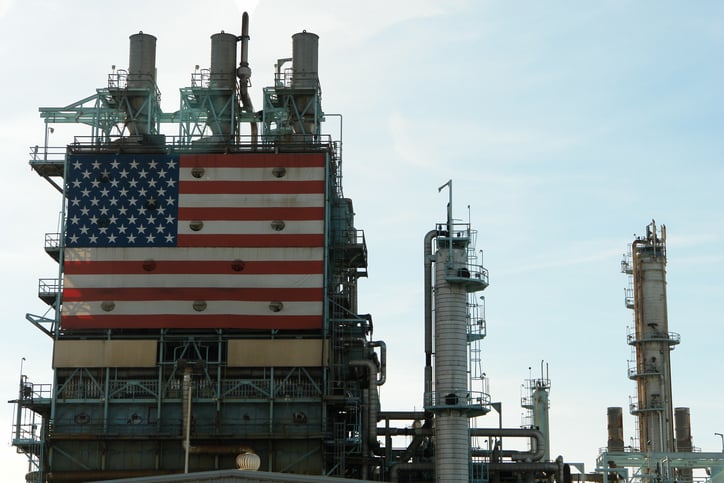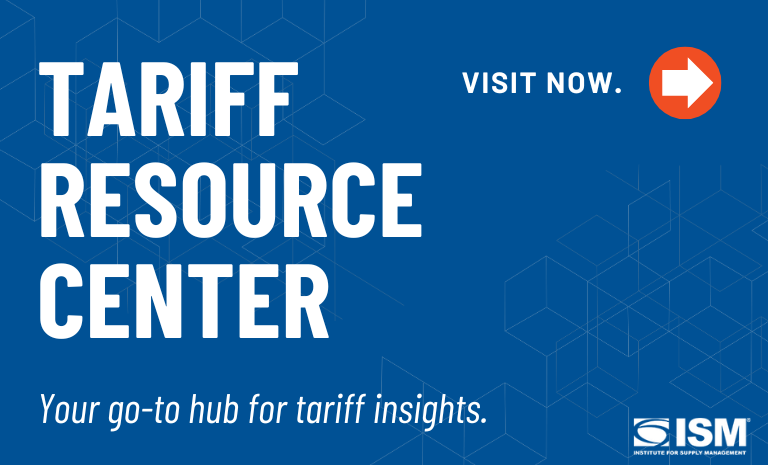Bringing Manufacturing Back: How Taxes and Tariffs Make an Impact

President Donald Trump has reached the six-month point in his second term — and in his latest efforts to bring manufacturing business and factory jobs back to the U.S.
During a recent Brookings Institution forum, moderator Darrell M. West, a Brookings senior fellow, noted that Trump has used a variety of measures to bring manufacturing back: tariffs, cutting taxes, and moving away from some clean energy standards.
Metrics tell part of the story of how such measures have fared. When gauging job growth, consider that in 1979, 19.5 million Americans worked in manufacturing, whereas now only 12.8 million do, West said during the forum, “Can Trump Bring Manufacturing Back to the U.S.?”
Another metric is rising manufacturing output: “I think that may happen, assuming the economy holds up,” he said, adding that efficiency and productivity also could increase. Foreign investment and trade agreements are metrics that can be reviewed.
“There could be interesting trade-offs across these metrics,” West said. “There could be possible trade-offs in manufacturing productivity and output, but not jobs.” That’s because manufacturers are using artificial intelligence (AI), robotics and automation more than ever before and their use — but not the job count — is likely to increase.
“I think this is Trump’s biggest challenge because the jobs metric is the one most people care about,” he said. “We could end up in a situation where even if there is improved output, efficiency and activity, if there’s not an increase in the number of jobs, that could be problematic for the president.”
But, West added, “it’s still early” and updated, detailed metrics won’t be available for some time.
Manufacturing and Taxes
Manufacturing and tax policy go hand in hand, said panelist Charles Crain, managing vice president of policy at the National Association of Manufacturers (NAM). “We know from 2017 with the Tax Cuts and Jobs Act (TCJA), the impact pro-growth tax policy can have on manufacturing,” he said. In 2018 and ’19, there were record capital investments in manufacturing as well as record increases in jobs and wages, he said.
The recently passed “One Big Beautiful Bill” stopped tax increases on manufacturers that were to happen at the end of the year, he said, adding that this should support manufacturers’ efforts to drive manufacturing growth in the country. The bill includes incentives for capital equipment purchases. R&D, factory job creation and more, all activities designed to spur manufacturing, he said.
Calling the bill a “big win,” Crain said that NAM is “very supportive” of it.
The other panelist, John Hazen White, Jr., executive chair of the Taco Family of Companies and a Brookings trustee, agreed that the bill was critical for manufacturers.
“For a company like mine to succeed and prosper, we have to invest,” he said. The 14 percent saved in taxes by the latest bill will enable companies to invest in manufacturing capability to supply the market, he said.
Tariffs and the 67% Equation
While U.S. manufacturers support the goal to bring manufacturing back to the country, “the fact remains, of course, that manufacturing exists within a global supply chain,” Crain said.
“We’ve looked at some of the numbers with respect to how supply chains work across manufacturing, and what we found is that if the U.S. economy was operating in full capacity, which we know that it’s not … we could only produce 84 percent of the inputs manufacturers need to make things in America, here in America.”
That means a minimum of 16 percent of inputs — like raw materials, chemicals, energy resources, and specialized equipment and machinery — need to be imported, he said.
As the sector is not operating at full capacity — there are 400,000 manufacturing job openings, for example — “in the real world, it’s more like 67 percent that we can produce currently here in the U.S,” Crain said. To bring manufacturing back fully, that 33 percent needs to be solved for, he said.
In the meantime, those inputs must be imported. How do tariffs impact those imports and their costs?
“We think that a common-sense trade policy can allow for the president to achieve his trade policy goals without preventing manufacturers from investing here in America, which is a goal we all share,” Crane said.
White noted that (1) tariffs are constantly changing, making the tariffs issue confusing, and (2) there are certain core raw materials, like cast iron and steel, that “to some extent, this country has regulated itself out of being able to produce, and what is produced here is frightfully expensive.” He added that companies like his have had to source those materials from other countries to remain competitive in the U.S.
“Imposing tariffs on products we literally can’t buy here is a little bit awkward and a bit contradictory to what I think the intention is, which is to elevate our manufacturing,” he said. He expects it to take a while to determine how tariffs will ultimately impact U.S. manufacturing and in the meantime, there will be uncertainty.
According to the latest NAM quarterly outlook survey of manufacturers, 89 percent said that tariffs had increased their cost of doing business during the last quarter, Crain said. The manufacturing industry is indeed facing uncertainty, he said, which makes it harder to make long-term investment decisions that drive manufacturing growth.
However, the passage of the budget bill took away another uncertainty: the increased taxes that were scheduled to take place later this year, he added. Still, there are other barriers, like the need to reskill workers, to creating more manufacturing jobs in the U.S., he said.

